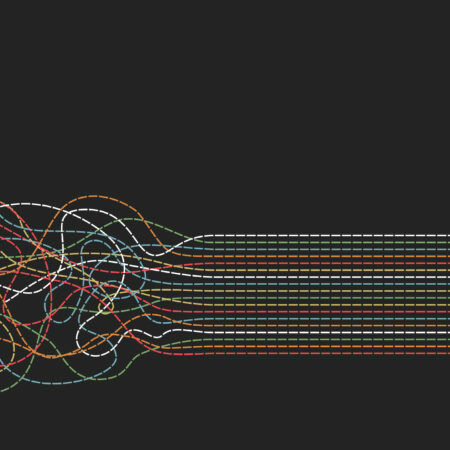The Kamra tal-Periti is proposing a complete overhaul of the regulatory processes and standards involved in the building and construction industry. It is proposing a consolidation of all building and construction regulation under a single Act, with building codes and performance standards regulated by a single entity, namely the Building and Construction Authority (BCA), proposed by Government in October 2018. This document outlines the Kamra’s vision and proposals.
The context in which this modern framework is being proposed is outlined in the Introduction to this document. It is accepted that the building and construction industry has evolved at a rate which has completely outpaced whatever scant, and fragmented, regulations exist. Building legislation in Malta dates back to the mid-19th century in response to a public health crisis, and has barely developed since, let alone in a systematic, consistent way. The Kamra has consulted widely with stakeholders about its vision for the regulation of industry; there is wide consensus that the current situation is no longer tenable.
The situation regarding current building and construction regulations in Malta is outlined in Chapters 2 and 3. The document emphasises the difference between building regulation, which refers to the building as a product, which needs to achieve specific performance characteristics in order to fulfil the expectations of the consumer, and construction regulation, which refers to the regulation of the process of erection and fabrication of buildings and structures. These two chapters highlight the extensive fragmentation of the regulatory tools available in Malta, and the unnecessary bureaucracy this has created. The Kamra is not simply arguing about the removal of bureaucracy, but is proposing rationalisation and consolidation so as to render bureaucracy more effective.
Chapter 4 gives an important overview of the best regulatory practices in Europe, to form a comparative basis for the proposals of the Kamra. This analysis was crucial to ensure that what is being proposed has been effectively tried and tested, and to assure the industry of the robustness of the Kamra’s proposals.
The core of the proposals of the Kamra is presented in Chapter 5. A key thought, underpinning the proposed Framework, is that the responsibility for each phase of the construction process has to be carried by the respective actors. This requires that the actors for each part of the work have to be adequately trained, and subsequently appropriately licensed.
The proposal is based on ten important principles:
- The separation of planning permit and building permit processes;
- Clear well-organised regulatory processes designed to promote public safety, and quality, in the interest of the consumer, rather than being focused on ascribing blame post-accident;
- Clear distinction between the regulations governing building (the permanent works) and those governing construction processes and temporary works.
- The BCA is to take on the consolidated role of the assessment of buildings, building authorisations, enforcement, and monitoring of the construction processes, with the 22 public entities hitherto entrusted with the different areas of interest, becoming key stakeholders in the drafting of regulations and guidance documents
- Major projects and public buildings to be subjected to an independent review, particularly in terms of structural design and fire engineering through the introduction of a new professional figure (Engineering Auditor).
- Contractors to be solely responsible for the process of construction, including temporary works, and would therefore have full possession of construction sites for the duration of the works. They would obviously need to have specific skills, and should therefore be classified and licensed according to such skills.
- The enforcement of construction regulations to be delegated to private service providers, licensed by the BCA, referred to as Building and Construction Inspectors (BCIs).
- Contractors to be required to certify that the executed works comply with the design instructions, and with the requirements of the Construction Products Directive.
- The construction phase will be concluded by the issuance by the BCA of a Compliance Certificate, which, inter alia, authorises that the building can be brought into use.
- Post-occupancy checks and audits to be undertaken as pre-determined by the BCA to ensure the continued compliance of the structure with building regulations.


